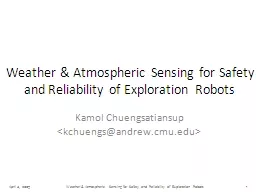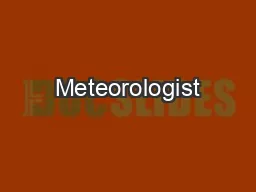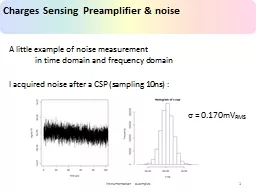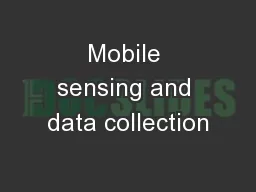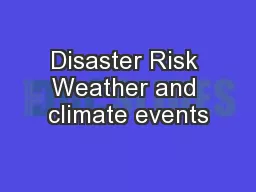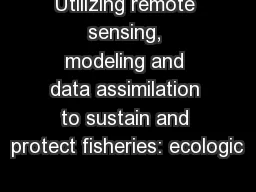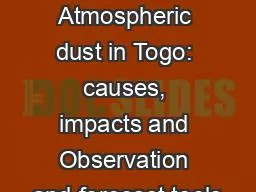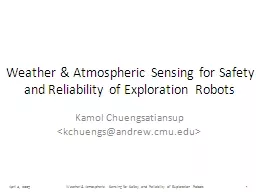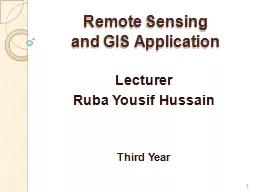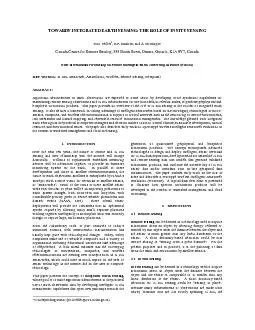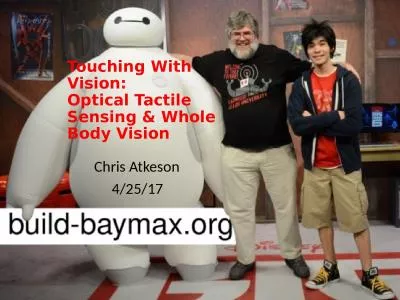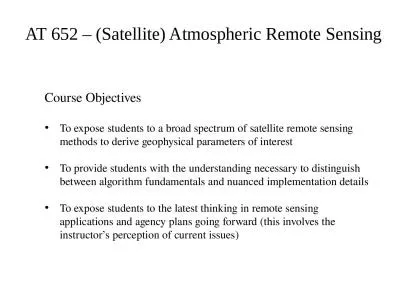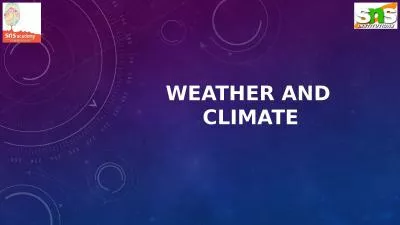PPT-Weather & Atmospheric Sensing for Safety and Reliabilit
Author : pamella-moone | Published Date : 2016-05-21
Kamol Chuengsatiansup ltkchuengsandrewcmuedugt Outline Motivation of weather amp atmosphere sensing How to sense elements in weather amp atmosphere Some exploration
Presentation Embed Code
Download Presentation
Download Presentation The PPT/PDF document "Weather & Atmospheric Sensing for Sa..." is the property of its rightful owner. Permission is granted to download and print the materials on this website for personal, non-commercial use only, and to display it on your personal computer provided you do not modify the materials and that you retain all copyright notices contained in the materials. By downloading content from our website, you accept the terms of this agreement.
Weather & Atmospheric Sensing for Safety and Reliabilit: Transcript
Download Rules Of Document
"Weather & Atmospheric Sensing for Safety and Reliabilit"The content belongs to its owner. You may download and print it for personal use, without modification, and keep all copyright notices. By downloading, you agree to these terms.
Related Documents

